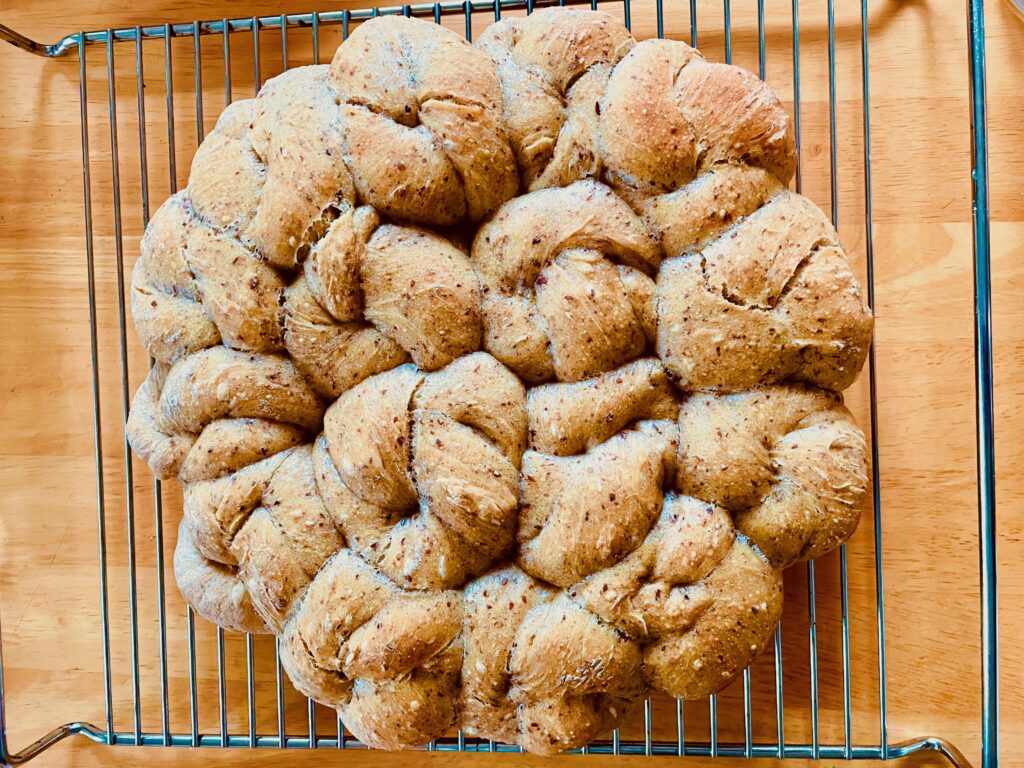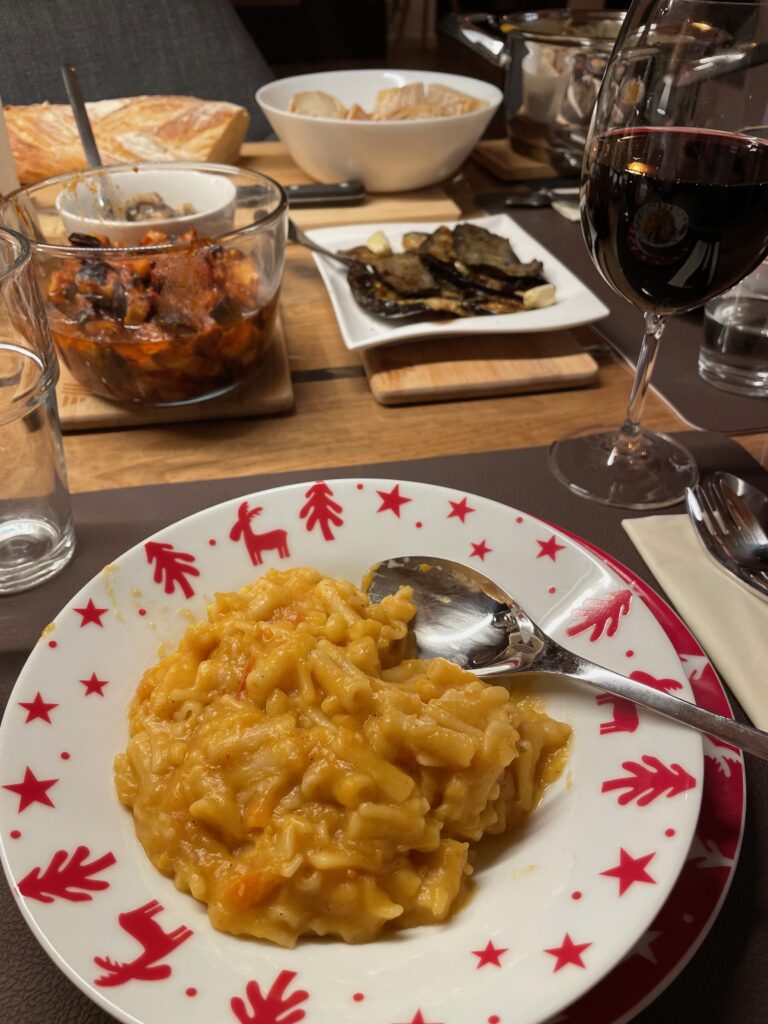Orthodox FASTING recipes and Ideas

Hospitality and Fasting
Remembered for her generous care of the poor and needy, Saint Ita balanced hospitality with the strenuous fasting traditions of the early Celtic church. Did you know that the Irish word for Wednesday, Dé Céadaoin, means “day of the little fast”? Thursday, Déardaoin, means “the day between fasts” and Friday, Dé hAoine, “day of the big fast.” Early Celtic saints fasted on Wednesday and Friday, a Christian practice which continues today in the Orthodox Church.
Fasting can be daunting for many Orthodox Christians. As Saint Ita’s example recalls, support can be found in the shared efforts of the community. A few years ago, together with the parish of Apostle Thomas, Munich, Germany, we compiled a collection of favourite Orthodox fasting recipes. Now translated and updated, we share them here:

More about Orthodox Fasting
Along with Wednesdays and Fridays, there are four major fasting periods on the Orthodox Calendar, preparing us for Christmas (40 days, 28.11 through 6.1) , Pascha (40 days, plus Maslenitsa and Holy Week, moveable), the Feast of the Apostles (moveable start date, until 12.7), and the Dormition (two weeks, 14-28.8). Moreover, fasting observes varying levels of strictness:
- Full abstention from food (i.e. Sunday from midnight until receiving Communion)
- Strict Fast (bread, raw vegetables, fruit, and nuts)
- Food Cooked without Oil
- Food Cooked with Oil
- Fish Allowed
- Caviar Allowed
- Dairy Allowed (abstention from meat)
- No fasting (such as on Feast days)
Smaller feasts and occasions also affect the fasting schedule, so a reference calendar like the official ROCOR calendar, or this online one, is essential.

Fasting Together
Fasting is a training tool which requires submission to the guidance of a spiritual father (usually our confessing priest), who can encourage our ability and readiness. Growing children, pregnant or nursing mothers, and others with special nutritional needs are generally discouraged from strenuous fasting, but might offer God something else instead. We all try our best, according to the private advice of our spiritual father. Nevertheless, fasting requires communal effort. The Church fasts together as it prays together to build up the Body of Christ.

What is the Goal of Fasting?
Fasting teaches us endurance of faith, discipline of will, and prepares us for an intimate relationship with God. The resulting spiritual growth enables us to take on more daunting spiritual obstacles and succeed. Saint John Chrysostom explains:
He [Saint Lucian] scorned hunger: let us also scorn luxury and destroy the power of the stomach that we may, when the time that requires such courage comes for us, be prepared in advance by the help of a lesser ascesis, to show ourselves glorious at the time of battle.
By interfering with our nutritional appetites—often alarming our sense of well-being—fasting challenges us more than we might initially suppose. A learning opportunity arises amid our distress. Our goal in fasting is to learn how to find spiritual nourishment in God. 4th C. Saint Onuphrius, after fasting for 60 years in the Egyptian desert, joyfully declared, “I eat and drink the sweetness of the Word of God.”
Then Jesus was led up by the Spirit into the wilderness to be tempted by the devil. And when He had fasted forty days and forty nights, afterward He was hungry. Now when the tempter came to Him, he said, “If You are the Son of God, command that these stones become bread.” But He answered and said, “It is written, ‘Man shall not live by bread alone, but by every word that proceeds from the mouth of God.’”
Matthew 4:1-4
Then the disciples came to Jesus privately and said, “Why could we not cast [the demon] out?” So Jesus said to them, “Because of your unbelief; for assuredly, I say to you, if you have faith as a mustard seed, you will say to this mountain, ‘Move from here to there,’ and it will move; and nothing will be impossible for you. However, this kind does not go out except by prayer and fasting.”
Matthew 17:19-21